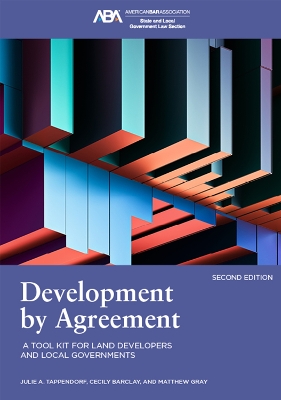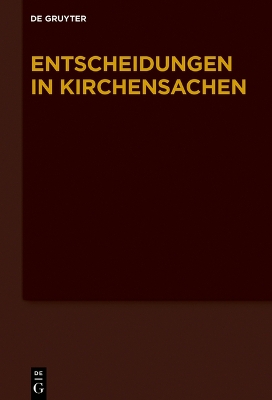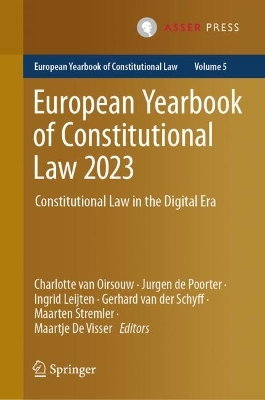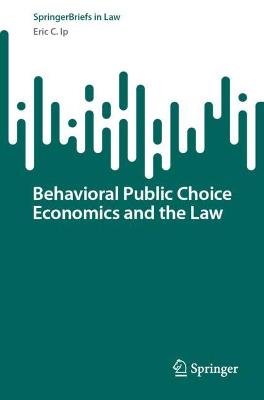General Principles as a Source of International Law
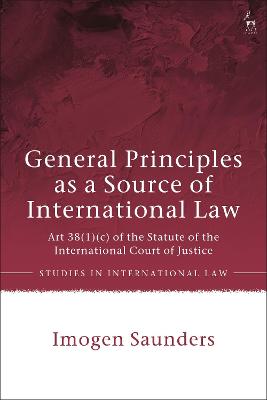 portes grátis
portes grátis
General Principles as a Source of International Law
Art 38(1)(c) of the Statute of the International Court of Justice
Saunders, Dr Imogen
Bloomsbury Publishing PLC
10/2022
304
Mole
Inglês
9781509946624
15 a 20 dias
Descrição não disponível.
Summary of Contents
Introduction
1. A Framework for Analysing General Principles
I. Introduction: A Tetrahedral Framework
II. Jurisprudential Legitimacy: A Brief Consideration of Positivism and Natural Law
III. Function: A Binding Source of International Law?
IV. Type
V. Methodology
VI. Conclusion
2. History of Article 38(1)(c)
I. Introduction
II. Development Pre-World War I
III. Development Post-World War I
IV. Article 38(1)(c) and the PCIJ
V. Conclusion: Applying the Tetrahedral Framework
3. Consideration of Article 38(1)(c) by the PCIJ
I. Introduction: Separating the Wheat from the Chaff
II. Cases in Chronological Order
4. Development of Article 38(1)(c): 1945-91
I. Introduction
II. Historical Development: PCIJ to ICJ
III. Cases
IV. Conclusion
5. Development of Article 38(1)(c) by the ICJ: 1992-2019
I. Introduction
II. Cases (Except for the Separate and Dissenting Opinions of Judges Weeramantry and Cancado Trindade)
III. Contributions of Judge Weeramantry
IV. Contributions of Judge Cancado-Trindade
V. Conclusion
6. General Principles in Other Courts and Tribunals
I. Introduction
II. International Criminal Tribunals
III. International Economic Law
IV. International Tribunal for the Law of the Sea
V. Regional Bodies
VI. Conclusion
7. Commentary in Context
I. Article 38(1)(c) as a Norm-Creating Source of International Law
II. The Rule/Principle Distinction
III. Judicial Discretion
IV. Where are General Principles Drawn From?
V. Content of General Principles
8. Global General Principles
I. Types of Legal Systems
II. Perspectives on General Principles
III. The Comparativist's Warning
IV. Global General Principles in the Information Age
9. A Model of General Principles
I. A Tale of Two Sources: Illegitimate Duality
II. General Principles and Legitimate Duality
III. The Future of General Principles
Introduction
1. A Framework for Analysing General Principles
I. Introduction: A Tetrahedral Framework
II. Jurisprudential Legitimacy: A Brief Consideration of Positivism and Natural Law
III. Function: A Binding Source of International Law?
IV. Type
V. Methodology
VI. Conclusion
2. History of Article 38(1)(c)
I. Introduction
II. Development Pre-World War I
III. Development Post-World War I
IV. Article 38(1)(c) and the PCIJ
V. Conclusion: Applying the Tetrahedral Framework
3. Consideration of Article 38(1)(c) by the PCIJ
I. Introduction: Separating the Wheat from the Chaff
II. Cases in Chronological Order
4. Development of Article 38(1)(c): 1945-91
I. Introduction
II. Historical Development: PCIJ to ICJ
III. Cases
IV. Conclusion
5. Development of Article 38(1)(c) by the ICJ: 1992-2019
I. Introduction
II. Cases (Except for the Separate and Dissenting Opinions of Judges Weeramantry and Cancado Trindade)
III. Contributions of Judge Weeramantry
IV. Contributions of Judge Cancado-Trindade
V. Conclusion
6. General Principles in Other Courts and Tribunals
I. Introduction
II. International Criminal Tribunals
III. International Economic Law
IV. International Tribunal for the Law of the Sea
V. Regional Bodies
VI. Conclusion
7. Commentary in Context
I. Article 38(1)(c) as a Norm-Creating Source of International Law
II. The Rule/Principle Distinction
III. Judicial Discretion
IV. Where are General Principles Drawn From?
V. Content of General Principles
8. Global General Principles
I. Types of Legal Systems
II. Perspectives on General Principles
III. The Comparativist's Warning
IV. Global General Principles in the Information Age
9. A Model of General Principles
I. A Tale of Two Sources: Illegitimate Duality
II. General Principles and Legitimate Duality
III. The Future of General Principles
Este título pertence ao(s) assunto(s) indicados(s). Para ver outros títulos clique no assunto desejado.
Summary of Contents
Introduction
1. A Framework for Analysing General Principles
I. Introduction: A Tetrahedral Framework
II. Jurisprudential Legitimacy: A Brief Consideration of Positivism and Natural Law
III. Function: A Binding Source of International Law?
IV. Type
V. Methodology
VI. Conclusion
2. History of Article 38(1)(c)
I. Introduction
II. Development Pre-World War I
III. Development Post-World War I
IV. Article 38(1)(c) and the PCIJ
V. Conclusion: Applying the Tetrahedral Framework
3. Consideration of Article 38(1)(c) by the PCIJ
I. Introduction: Separating the Wheat from the Chaff
II. Cases in Chronological Order
4. Development of Article 38(1)(c): 1945-91
I. Introduction
II. Historical Development: PCIJ to ICJ
III. Cases
IV. Conclusion
5. Development of Article 38(1)(c) by the ICJ: 1992-2019
I. Introduction
II. Cases (Except for the Separate and Dissenting Opinions of Judges Weeramantry and Cancado Trindade)
III. Contributions of Judge Weeramantry
IV. Contributions of Judge Cancado-Trindade
V. Conclusion
6. General Principles in Other Courts and Tribunals
I. Introduction
II. International Criminal Tribunals
III. International Economic Law
IV. International Tribunal for the Law of the Sea
V. Regional Bodies
VI. Conclusion
7. Commentary in Context
I. Article 38(1)(c) as a Norm-Creating Source of International Law
II. The Rule/Principle Distinction
III. Judicial Discretion
IV. Where are General Principles Drawn From?
V. Content of General Principles
8. Global General Principles
I. Types of Legal Systems
II. Perspectives on General Principles
III. The Comparativist's Warning
IV. Global General Principles in the Information Age
9. A Model of General Principles
I. A Tale of Two Sources: Illegitimate Duality
II. General Principles and Legitimate Duality
III. The Future of General Principles
Introduction
1. A Framework for Analysing General Principles
I. Introduction: A Tetrahedral Framework
II. Jurisprudential Legitimacy: A Brief Consideration of Positivism and Natural Law
III. Function: A Binding Source of International Law?
IV. Type
V. Methodology
VI. Conclusion
2. History of Article 38(1)(c)
I. Introduction
II. Development Pre-World War I
III. Development Post-World War I
IV. Article 38(1)(c) and the PCIJ
V. Conclusion: Applying the Tetrahedral Framework
3. Consideration of Article 38(1)(c) by the PCIJ
I. Introduction: Separating the Wheat from the Chaff
II. Cases in Chronological Order
4. Development of Article 38(1)(c): 1945-91
I. Introduction
II. Historical Development: PCIJ to ICJ
III. Cases
IV. Conclusion
5. Development of Article 38(1)(c) by the ICJ: 1992-2019
I. Introduction
II. Cases (Except for the Separate and Dissenting Opinions of Judges Weeramantry and Cancado Trindade)
III. Contributions of Judge Weeramantry
IV. Contributions of Judge Cancado-Trindade
V. Conclusion
6. General Principles in Other Courts and Tribunals
I. Introduction
II. International Criminal Tribunals
III. International Economic Law
IV. International Tribunal for the Law of the Sea
V. Regional Bodies
VI. Conclusion
7. Commentary in Context
I. Article 38(1)(c) as a Norm-Creating Source of International Law
II. The Rule/Principle Distinction
III. Judicial Discretion
IV. Where are General Principles Drawn From?
V. Content of General Principles
8. Global General Principles
I. Types of Legal Systems
II. Perspectives on General Principles
III. The Comparativist's Warning
IV. Global General Principles in the Information Age
9. A Model of General Principles
I. A Tale of Two Sources: Illegitimate Duality
II. General Principles and Legitimate Duality
III. The Future of General Principles
Este título pertence ao(s) assunto(s) indicados(s). Para ver outros títulos clique no assunto desejado.

